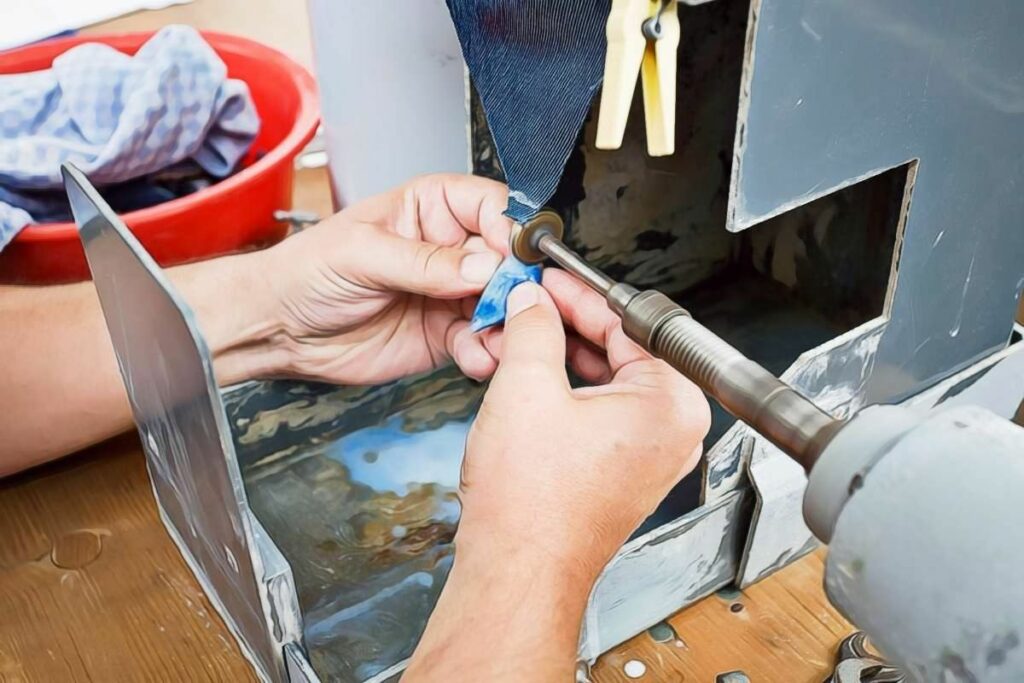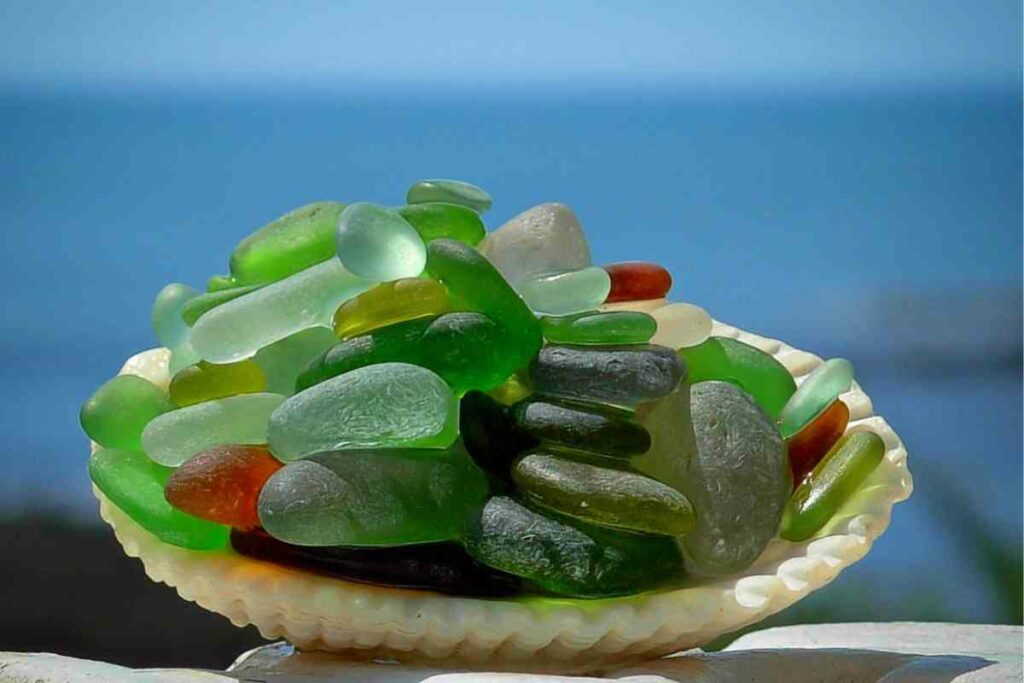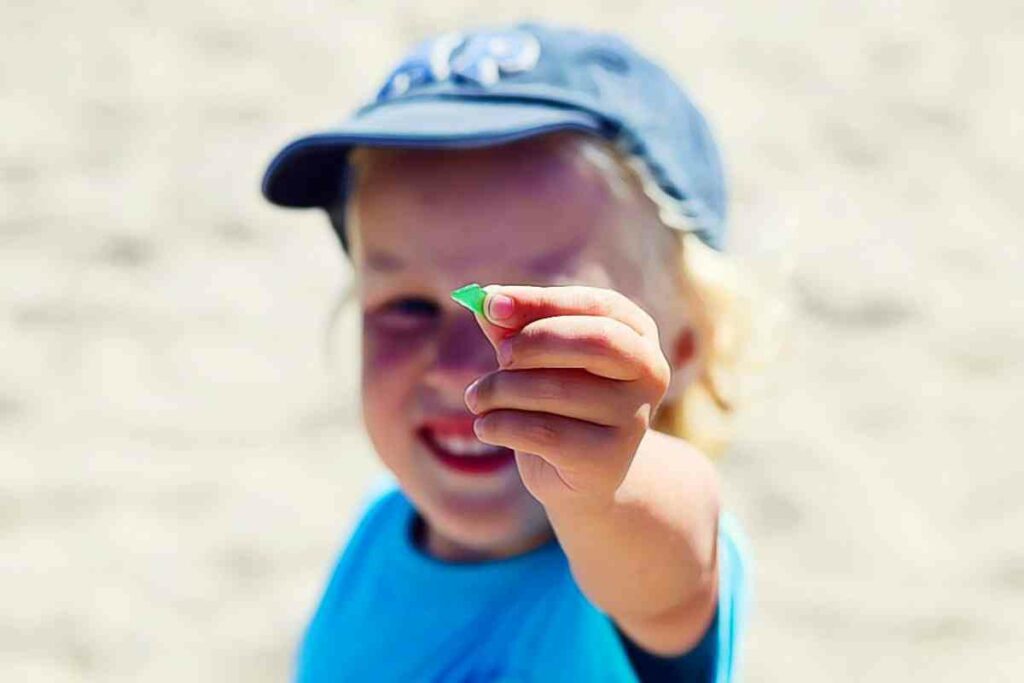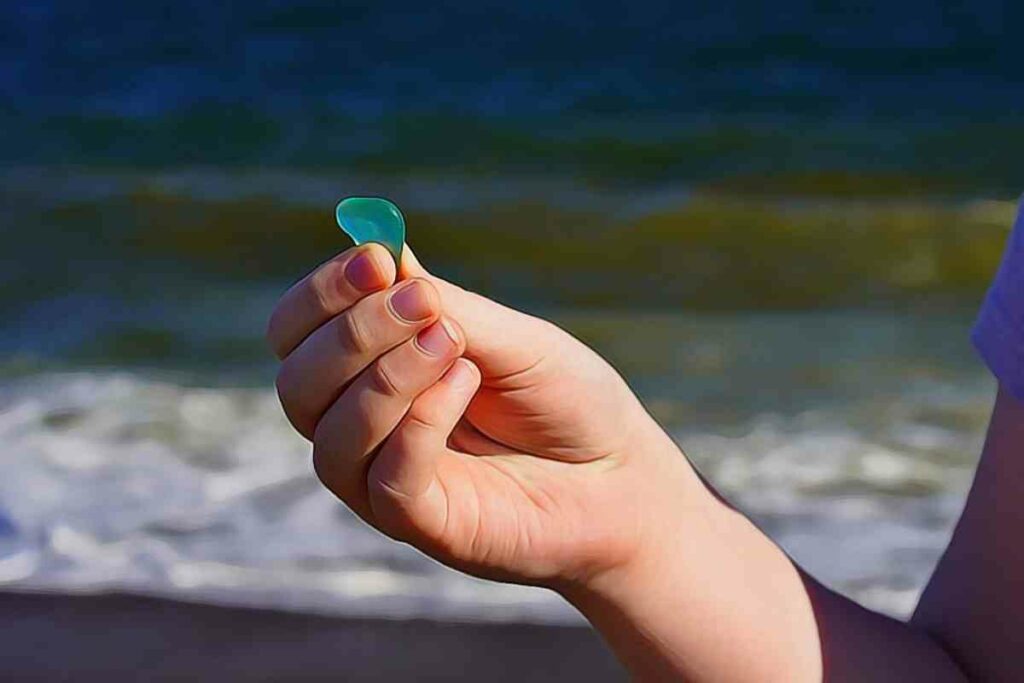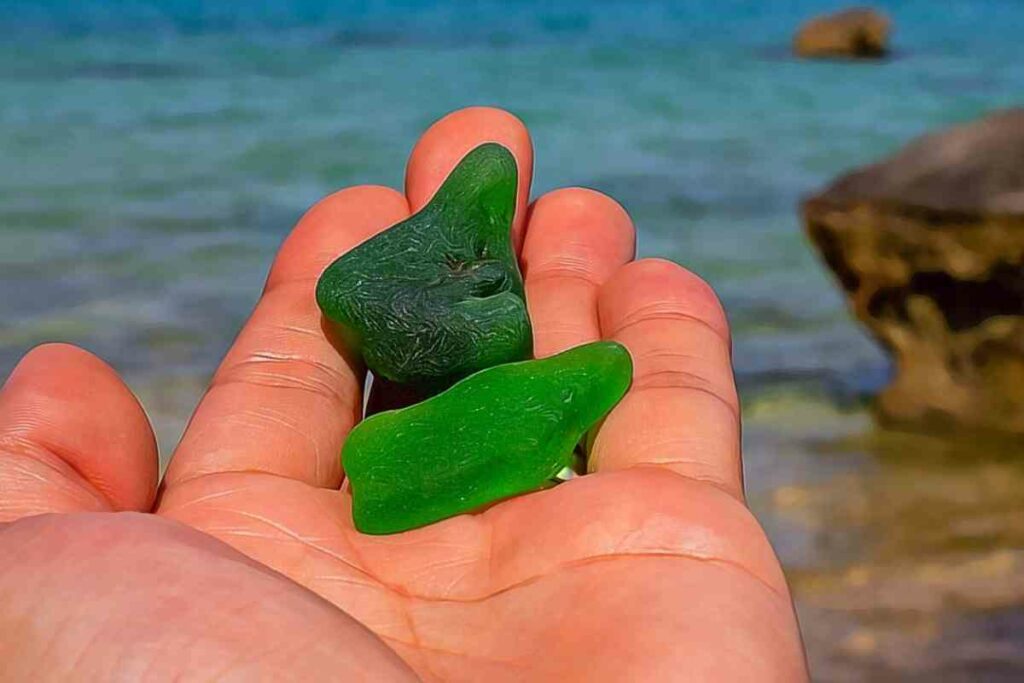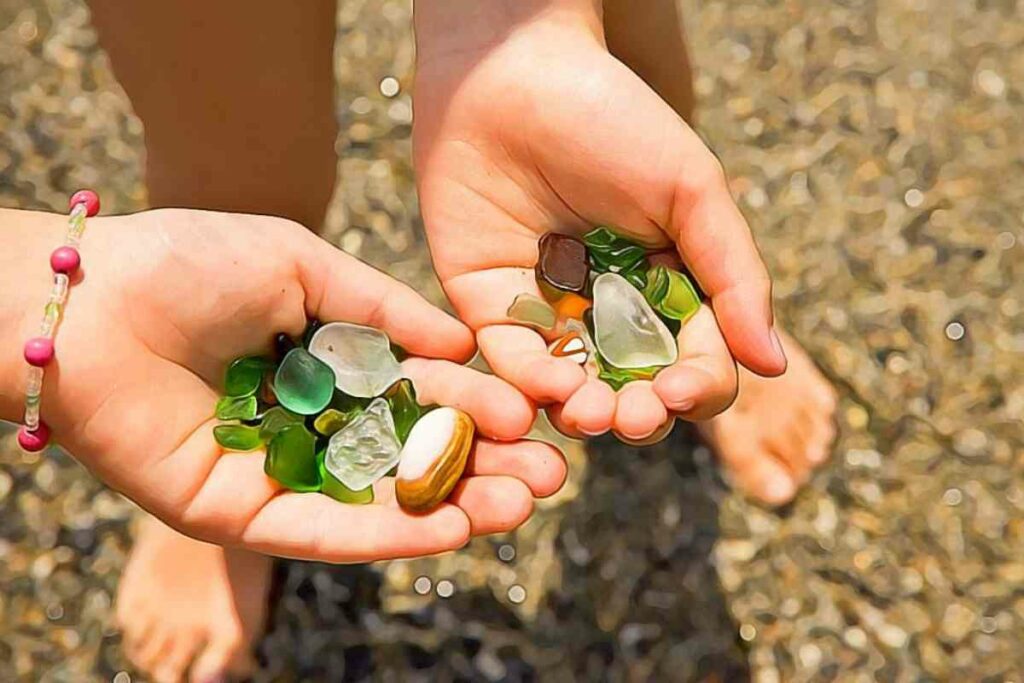The value of sea glass varies depending on the color, size, shape, and rarity of the piece.
Generally, it can be sold for $10 to $100; some rare pieces can even fetch up to $1000, depending on the quality of the glass.
While it is possible to sell sea glass, its true value is subjective, so prices may vary significantly.
How Much Is Sea Glass Worth?
Every sea glass collector would like to think their collection is worth something.
For many other collections, it is pretty simple to gauge the worth of a particular piece. However, when it comes to sea glass collections, it is an entirely different matter.
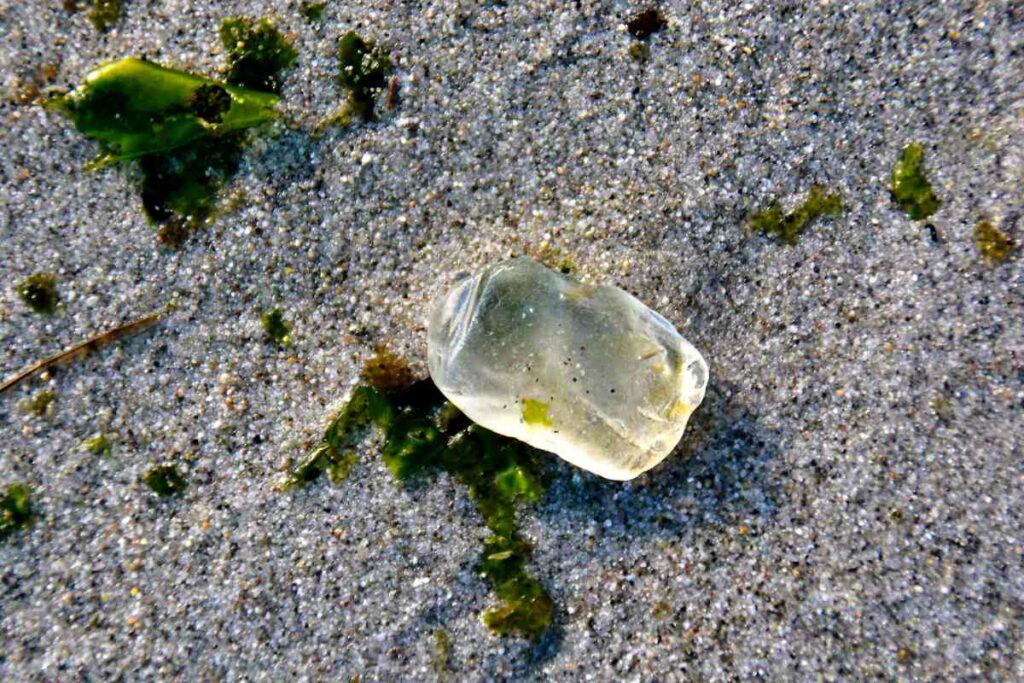
So how do you ascertain the value of a sea glass?
The worth of sea glass is based on various factors, such as its size, color, shape, and how uncommon it is. The rarer the piece, the more valuable it is.
Colors such as red, orange, Turquoise, and yellow are rarer than the more common colors of green, white, and brown.
The shape of the sea glass can also affect its value. Smooth, rounded pieces are more valuable than those jagged or broken pieces.
Ultimately, the average price of sea glass ranges from $10 to $100; others can even fetch up to $1000 or more per piece.
How To Determine The Value Of Your Sea Glass
Some easy ways to know if your sea glass is valuable include:
- Let a knowledgeable sea glass dealer check and estimate the value of your sea glass.
- Consider the rarity of your piece and research the color, shape, and size of your sea glass (more on that later).
- Look at online auction sites or sea glass market places to get a better understanding of what pieces similar to yours are selling for. This will give you the best indication of your sea glass worth.
- Check prices listed on the online sea glass price guide. They will give an estimated value based on the size, color, shape, rarity, and condition of the piece.
Factors That Affect Sea Glass Value
Figuring out the worth of your sea glass requires you to comprehend some of the nuances of its valuation.
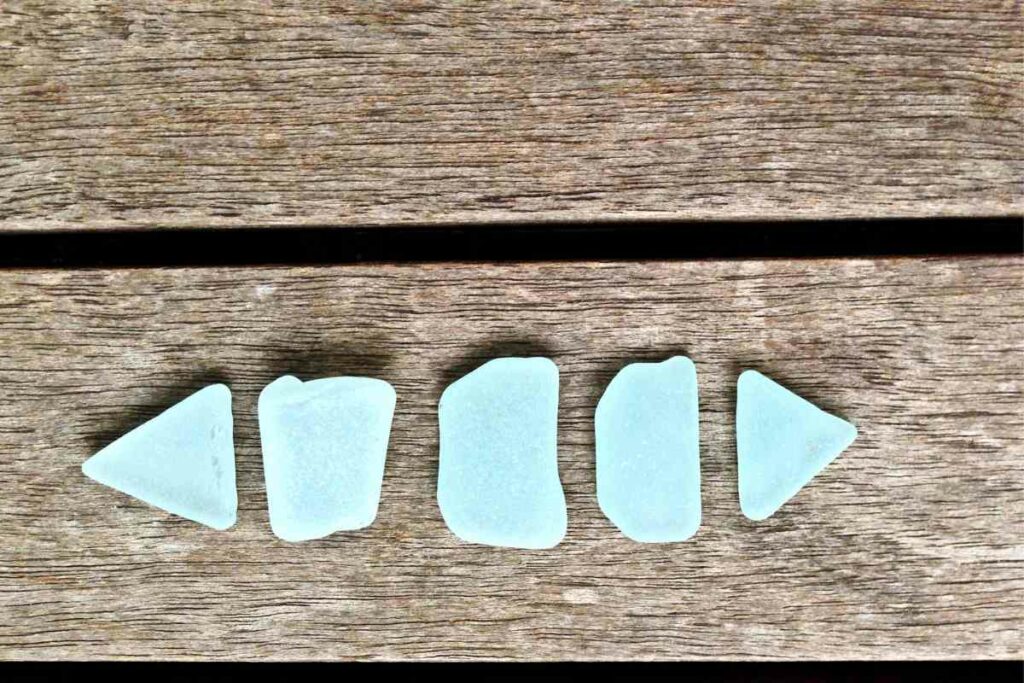
Every sea glass has slightly different factors that play into its valuation.
Frost (Glass grade)
The frost of sea glass is caused by the glass being tumbled and abraded by the sand and rocks in the ocean. This gives the glass its texture and appearance.
The amount of frosting or polish the glass has can indicate how long it has been in the ocean before washing to the shore.
The more vintage the glass is, the more valuable it is. A glossy, smooth finish often characterizes it with no visible chips or cracks.
Shape
Some shapes of sea glass are more desirable and valuable than others. The more unusual or rare the figure, the higher the value of the sea glass.
Highly valued shapes include marbles, round shapes, long shapes, and diamond-shaped pieces.
Size and condition
Smaller pieces of sea glass are likely worth more than large pieces.
This is because they are mostly found in perfect condition with no cracks or chips.
On the other hand, it’s very unlikely to find large pieces of sea glass in good condition as they are likely to hit a rock and break.
Color
The rarity of a particular sea glass color also plays a significant factor in the stone’s worth.
For example, peach, red, and vivid aqua are rare compared to other colors, such as brown, green, and white, which are easy to find, thus making them more valuable.
Location
Sea glass found in rarer areas or pristine conditions is more valuable.
For instance, sea glass in remote locations such as islands or beaches in far-flung parts of the world may be more valuable than in more urban areas.
The UK is also known to have some of the best sea glass beaches in the world.
Can You Sell Sea Glass?
Yes, you can sell sea glass. Selling sea glass to artists, jewelers, designers, and other collectors has become a common source of income for many sea glass collectors in recent years.
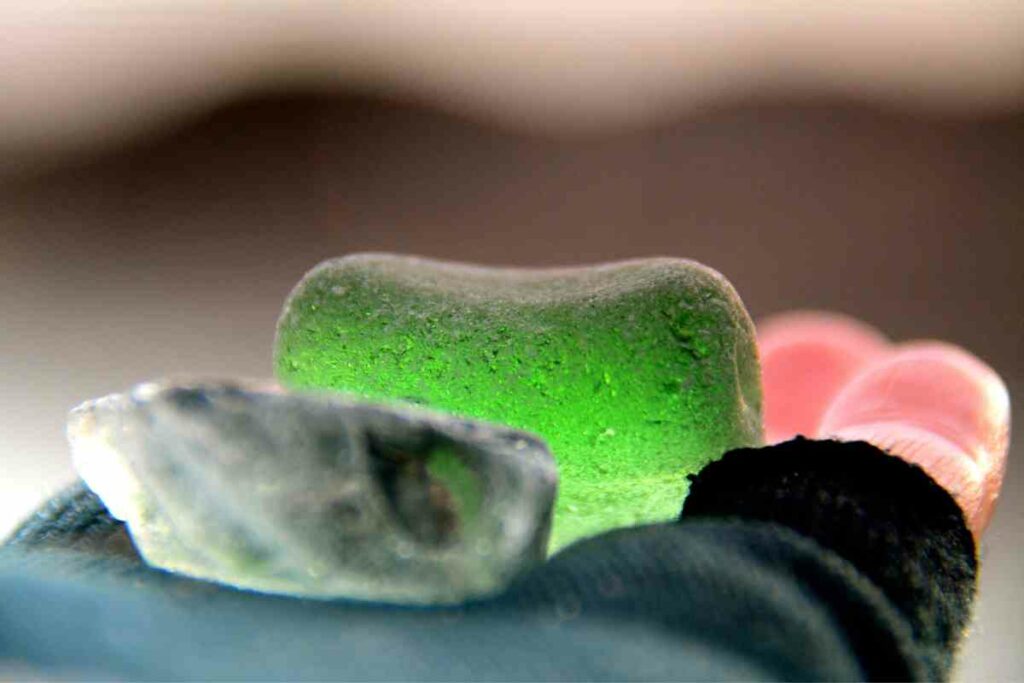
Sea glass is often used to make:
- Jewelry
- Works of art
- Home accents
- Mosaics
Also, many of them have reported success in selling their handcrafted sea glass creations in the marketplace because of the beauty, rarity, and originality of sea glass.
Because of this, sea glass has become a highly demanded commodity.
But you need to be aware of local laws restricting its sale and collection before you even contemplate selling sea glass.
To sell sea glass in some places, you might need a license or authorization. Additionally, there are also laws in some areas that forbid collecting sea glass on beaches.
Tips for Selling Sea Glass
If you’re looking to make some extra money selling sea glass, you should know a few things.
Sea glass is one of the most popular beach finds and can be sold for a profit if you know how to maximize your potential.
Here are tips to help you get started selling sea glass.
Collect Quality Sea Glass
Quality is key when selling sea glass. You want to ensure you’re collecting pieces free of chips and cracks, as these will be less desirable to buyers.
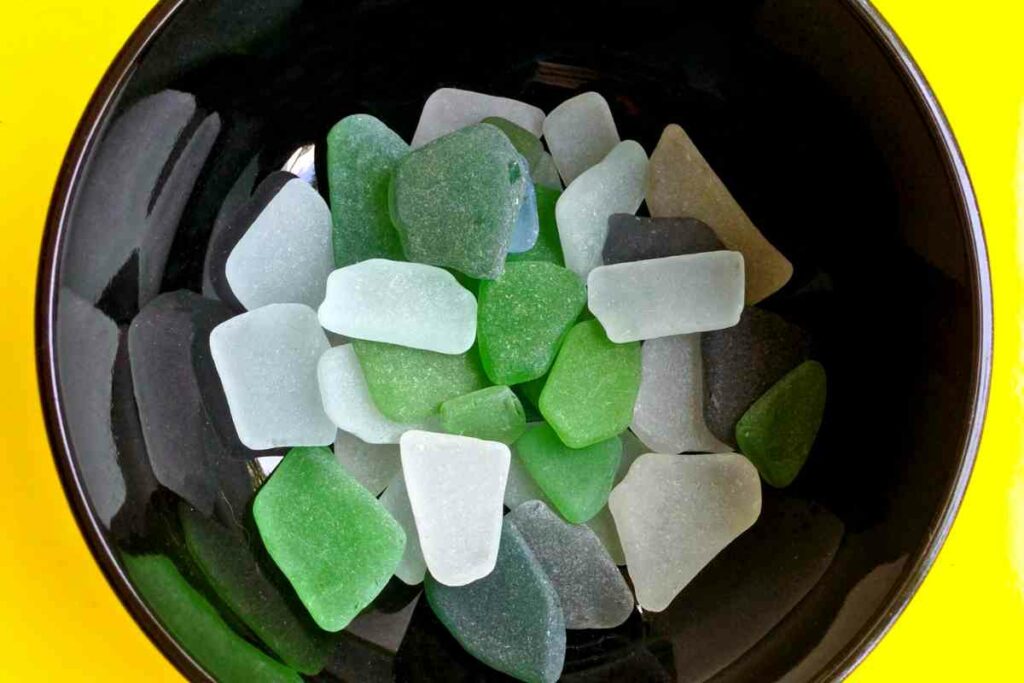
It would be best to look for pieces with unique colors (the most valuable colors are turquoise and light blue) and shapes, as these will be more likely to attract buyers.
Set a realistic price
There are two ways to determine a shrewd price. One is to have your sea glass appraised by an expert and discuss pricing strategies with them.
The other is to do research yourself, look at prices of completed online or store sales of similar sea glass, and get a good idea of its worth.
Know your selling options
There are two options for finding a buyer.
You can decide to sell to someone in the jewelry industry, which is the safest and fastest option; however, it may not result in the highest price.
To get the most money, you can try selling your sea glass online on eBay, Etsy, Craig’s List, or other craft sales pages.
You can also find local shops or stores or sell them at street fairs and flea markets.
Read next
Final Thoughts
Dozens of factors determine the actual value of sea glass.
To get the accurate value of your sea glass, you need to research the current market prices or ask sea glass experts questions about your sea glass qualities and understand what sets it apart from other pieces.

